| |
|
|
Logos
2012-13, acrylic on canvas, 24' X 48' in.
Logos is a term that was used by the Greek philosopher Heraclitus to describe the underlying force of the universe. Logos translates to “word” but can also mean “principle” or “order,” and is associated with the laws of nature. To the Greeks, logic was the guiding force of the universe, giving it structure and form. The Logos could be said to be a precursor to our concept of the collective consciousness. In much later periods, it has been compared to the concept of the Tao in Chinese mysticism or the Om sound of creation in Hinduism.
By the time of the classical Greek scholars Socrates, Plato, and Aristotle, the Logos was personalized as the individual’s reason an faculty for knowledge. Plato believed that the soul was divided into three parts: the epithymia, the desire, which resides in the belly; the thumos, the will, which lives in the heart; and the immortal logos, the divine self, which is associated with the head and intellect. Plato personified the logos, describing it as a living being.
For individuals, the Logos can be said to be the higher self, the oversoul or monad, the divine wise part of the self. The Logos is the higher aspect of creation, what to the Greeks was the guiding logic of the universe, the divine intelligence guiding creation, similar to the Hermetic concept of the Divine Mind.
In other traditions, the Logos is seen less as pure reason or logic, giving structure and form to the universe, and more as the wisdom and redemptive quality of the universe. In Christianity, the Logos, is equated with Jesus Christ, as the Word of God incarnated. The creator god of Judaism and Christianity is also considered to be the Logos, for this Creator creates reality through the power of his words. The Logos is the creative power emanating from the prime Creator. In Christianity, the Logos, or Word, is said to be the second part of the divine trinity, yet in ascension, the Logos is, or contains, the trinity.
In ascension lore, the Logos is the higher self of creation. As there are many levels of each individual being paralleling the many levels of creation, the Logos manifests on many levels. Each Logos is responsible for the development of life in its domain. The concept of the Cosmic Logos is the closest thing we can understand as the creator of all universes, and all reality. From the Cosmic Logos flows the Universal Logos. The Universal Logos is epitomized by the Great Central Sun of our universe.
Each Logos is the prime center of power for that structure’s hierarchy. The Universal Logos has its own hierarchy, as does the Galactic Logos of our gala, and so on through the cycle to the planetary level. Each logos has several beings in charge of various functions of its being, the administrators of that part of reality. Each is responsible for shaping that level of creation.
One can think of the structure of each system in a manner similar to the model present in the Gaia hypothesis. We are like cells in the body of the Earth, as are all living things. Each has its own purpose for the greater functioning of the being, just as the cells within the organs of our body have their own individual purpose. Each planet is like an organ in the solar being’s body. Each star is a part of the galactic being’s body. Each galaxy is a part of the universal being’s body, and each universe is a part of the cosmic being’s body. One can take the model of offices and the cosmic hierarchy boardroom flow chart and replace it with the image of anatomy, organs, and cells in varying levels of complexity, in bigger and bigger beings. But we know that each “cell,” each “organ,” is alive, and each level of beings has a higher self, a spiritual Logos, guiding this level.
Humanity is more concerned with the Solar Logos and Planetary Logos on a personal level. Our planet, along with the others in the solar system, is said to be one of the chakras, or spiritual organs, in the Solar Logo’s body. In ascension lore, the Solar Logos is known as Helios, named after the Greek Titan of the Sun, a precursor to the solar figure Apollo. Perhaps the old myths of Helios show the ancient Greeks had knowledge of the Solar Logos, or perhaps the new ascension models are simply borrowing names from Greek mythology. From the Solar Logos emanates the hierarchy associated with our planet.
|
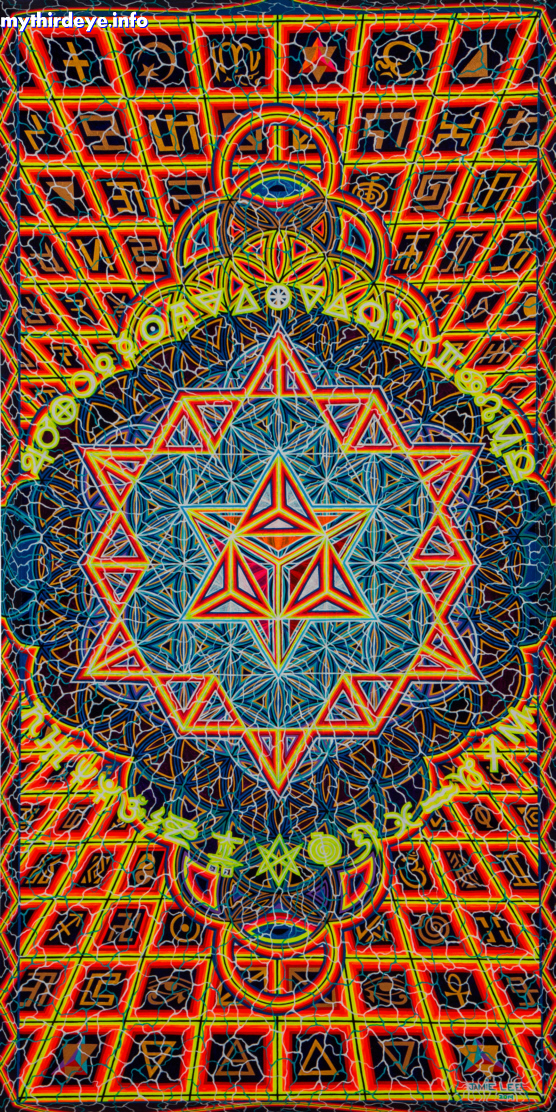
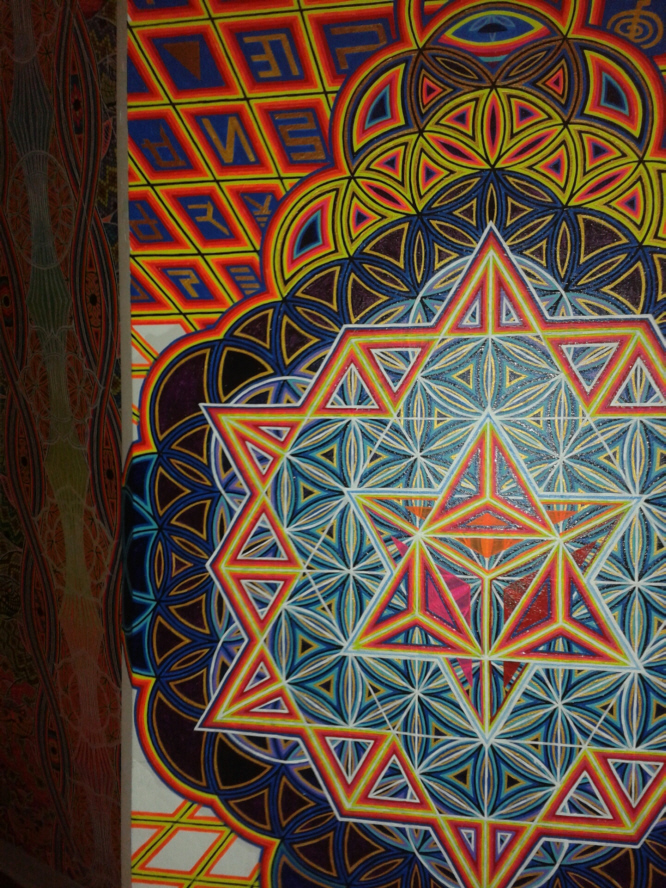
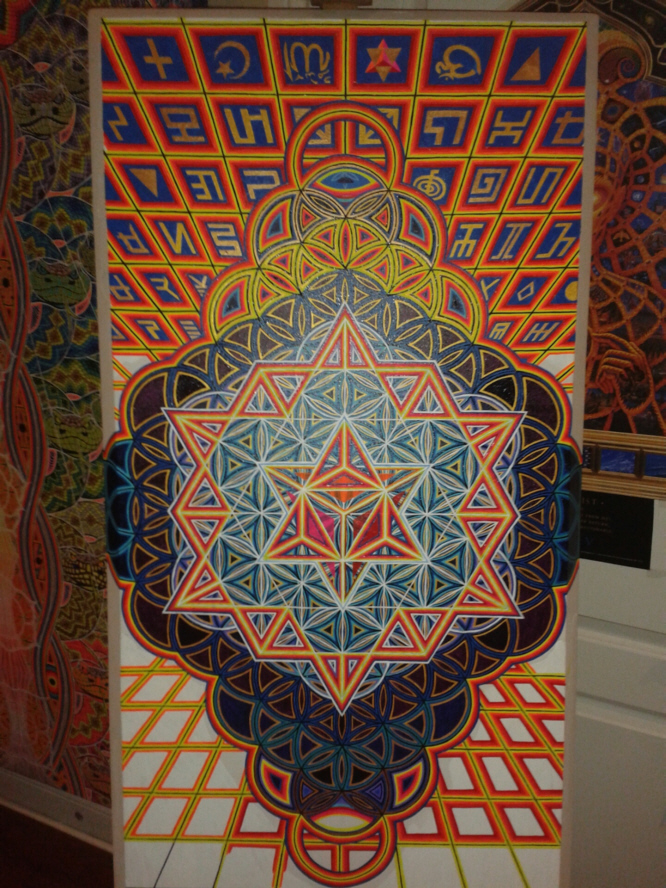
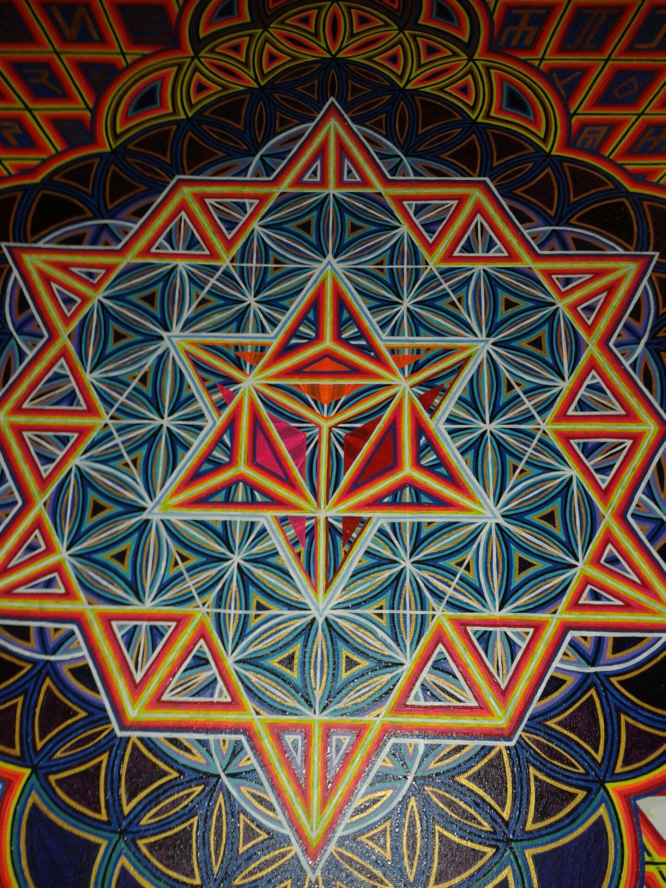

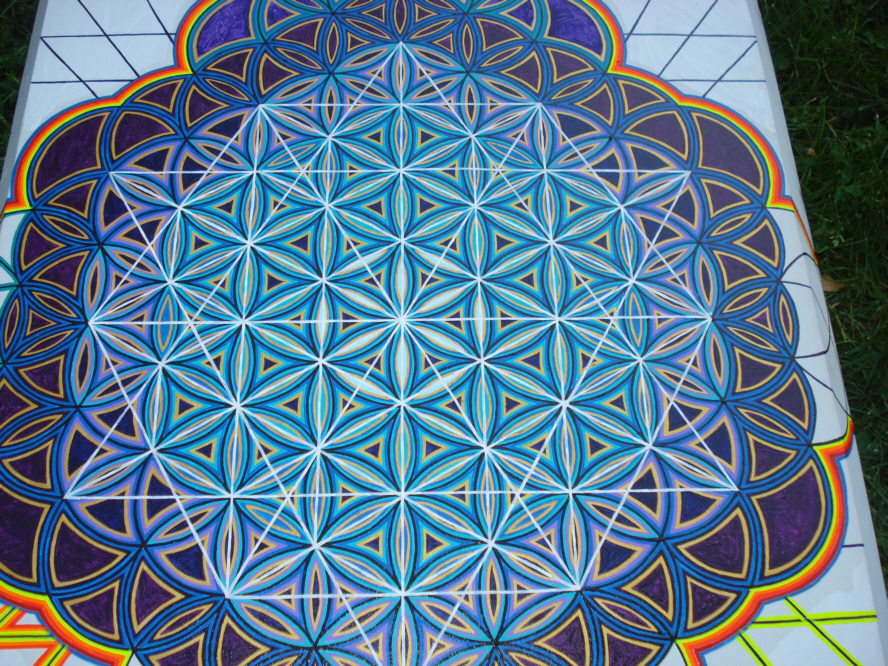
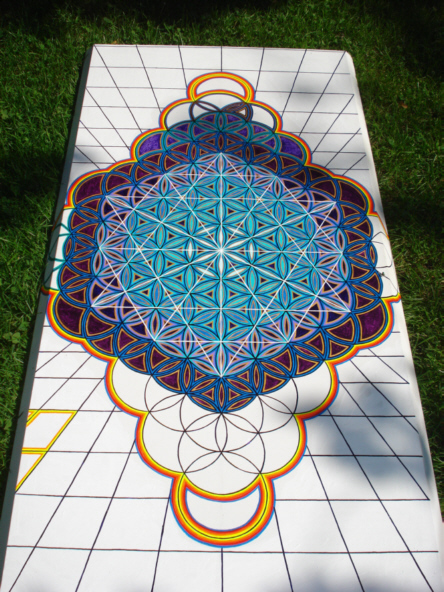
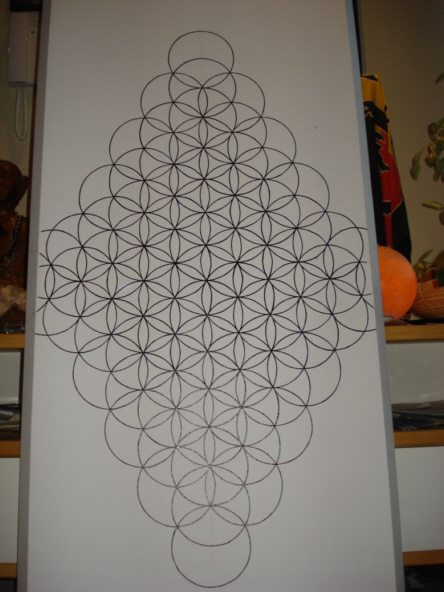
|
| |
|
|
|
|